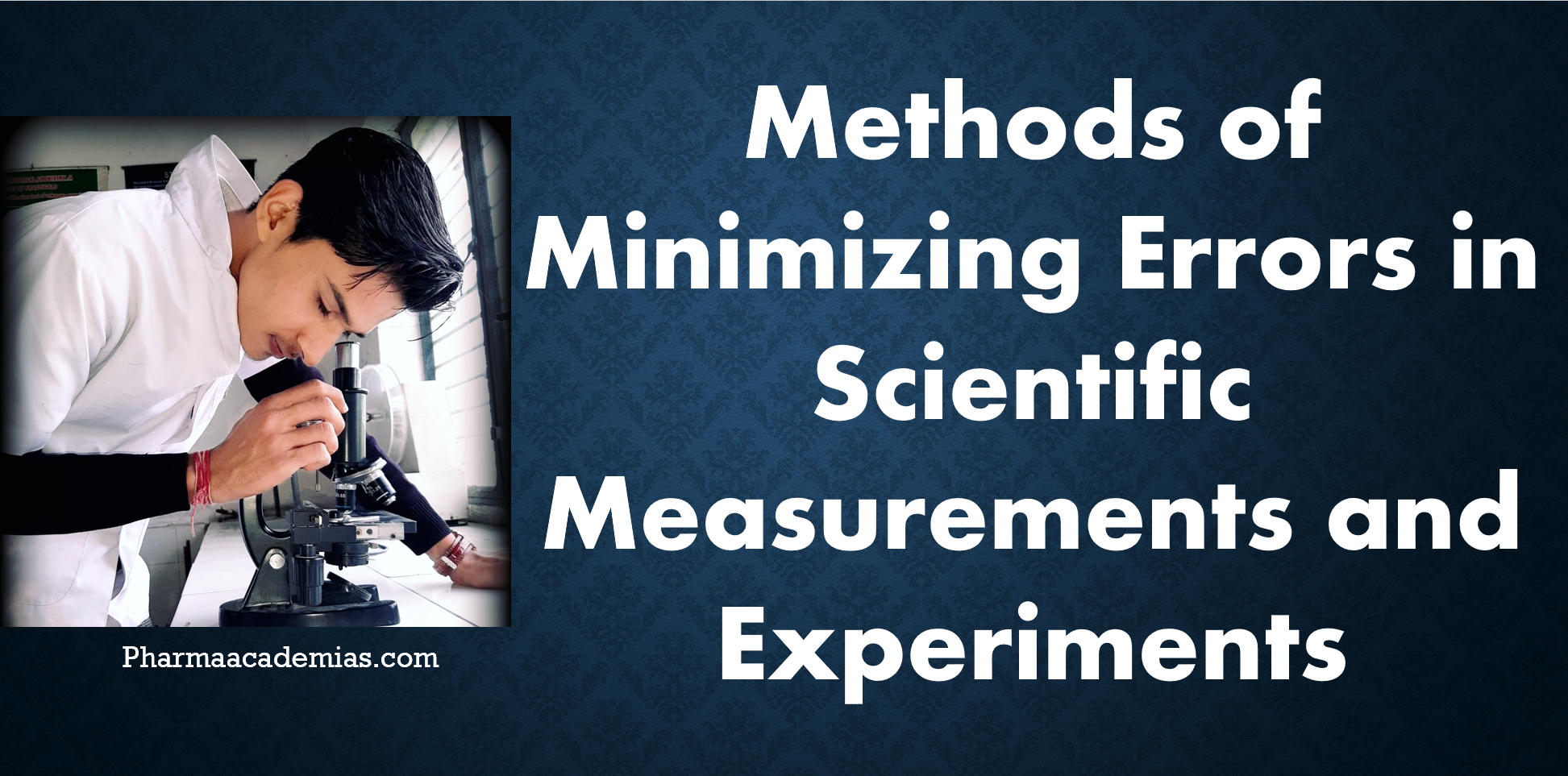Minimizing errors is crucial in scientific research to ensure the accuracy and reliability of data. Here are some key methods for reducing errors in scientific measurements and experiments:
1. Calibration:
Regularly calibrate measuring instruments against known standards. This ensures that instruments are reading accurately and helps correct systematic errors.
2. Repetition:
Conduct multiple measurements or trials. Averaging the results can help reduce the impact of random errors. The more repetitions, the more reliable the data.
3. Precision Instruments:
Use instruments with higher precision and accuracy. High-quality instruments are less prone to errors. Ensure that instruments are maintained and cleaned regularly.
4. Controlled Environment:
Maintain a stable and controlled experimental environment. Monitor and control temperature, humidity, and pressure to reduce environmental errors.
5. Zeroing:
Ensure instruments are properly zeroed or tared before measurements. This reduces errors to zero.
6. Parallax Minimization:
Educate users to read instruments without parallax errors. For example, when using a vernier caliper, view the scale head-on.
7. Data Recording:
Implement careful and accurate data recording. Use standardized data sheets and record data immediately to avoid transcription errors.
8. Training and Experience:
Provide proper training to individuals conducting experiments. Experienced researchers are less likely to make procedural or data-recording errors.
9. Statistical Analysis:
Apply appropriate statistical methods to analyze data. This helps identify and correct data distribution errors or anomalies.
10. Bias Control:
Be aware of potential biases in experimental design or measurement methods. Minimize bias by using blind studies or double-blind studies when applicable.
11. Uncertainty Analysis:
Understand and quantify the uncertainty associated with measurements. Express results with error bars to convey the range of possible values.
12. Sampling Techniques:
Use representative and random sampling techniques to reduce errors. Ensure that the sample size is adequate for the research objectives.
13. Procedure Validation:
Validate experimental procedures to confirm they are free from procedural errors. Test the entire process before conducting the actual experiment.
14. Data Quality Control:
Implement data quality control measures. This includes data validation and outlier detection.
15. Peer Review:
Have peers or colleagues review the experimental design, data collection, and analysis to identify potential errors and suggest improvements.
16. Documentation:
Maintain thorough experiment documentation, including a detailed experimental procedure, equipment, environmental conditions, and data analysis methods.
17. Experimental Controls:
Use control groups and reference standards as part of the experimental design to ensure that observed changes are not due to external factors.
18. Data Analysis Software:
Use specialized software for data analysis, which can provide error calculations, regression analysis, and visualization tools to help identify errors.
19. Record Keeping:
Keep detailed records of instrument maintenance, calibration dates, and adjustments. This helps track instrument performance over time.
20. Error Propagation Analysis:
When combining measurements or using calculated values, apply error propagation analysis to estimate the overall uncertainty in the final result.
By implementing these methods, researchers can significantly reduce errors in their experiments and measurements, leading to more accurate and reliable scientific data. Maintaining a rigorous approach to error reduction throughout the research process is essential, from experimental design to data analysis and reporting.

